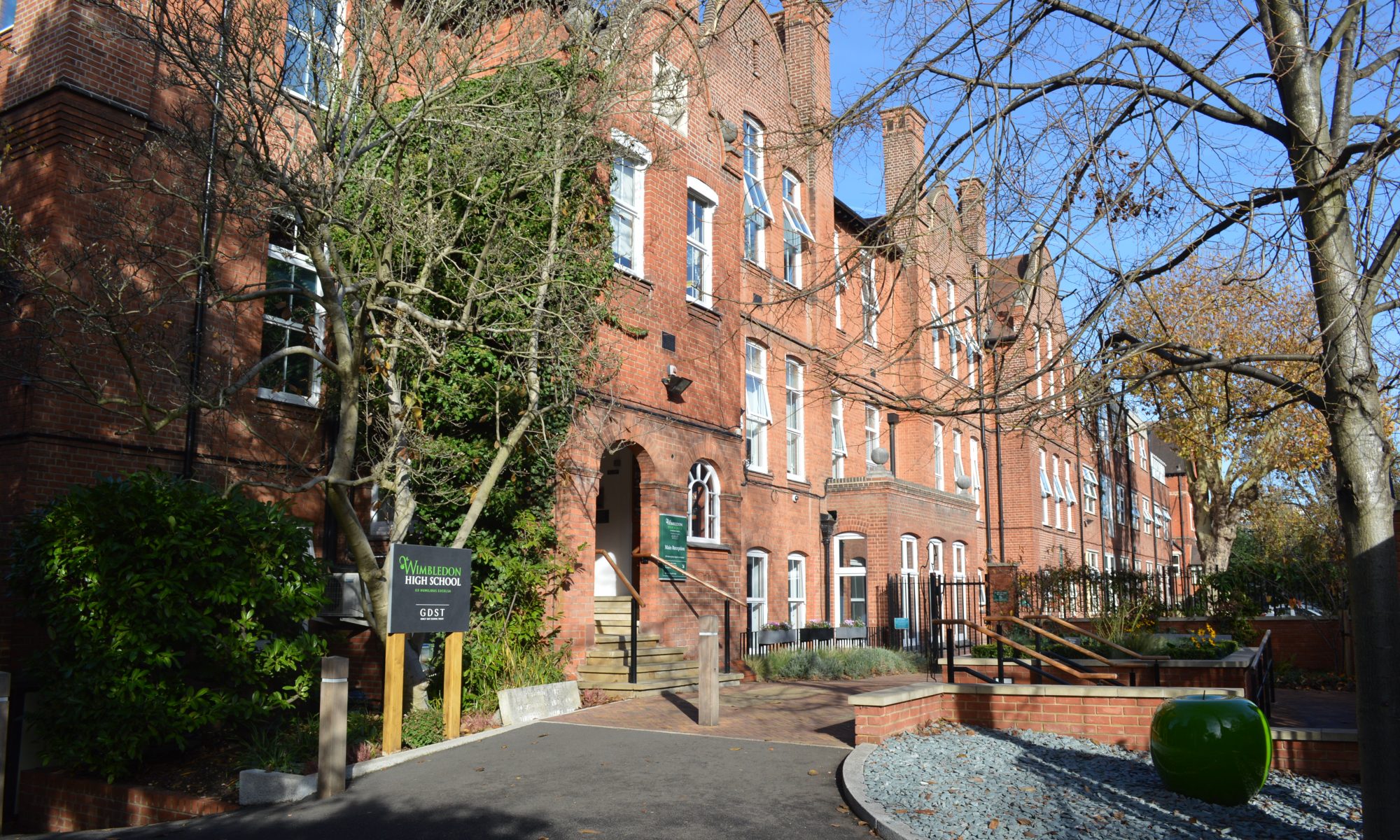Amidst national concerns about students’ academic progress during lockdown, Suzy Pett, Director of Studies at Wimbledon High, thinks about the far more essential point: that the return to the classroom – and the very act of learning itself – is intrinsically about human connection and communion.
As Director of Studies at Wimbledon High School, now more than ever I am thinking about what our classrooms will look and feel like in September. As a teacher of 10 years, I’m familiar with the end-of-summer surge of excitement and apprehension about school return. Despite the nerves, there is something ritualistic and reassuring about it. In the words of Philip Larkin, we can ‘begin afresh, afresh, afresh’.
But, with Covid-19 having forced us from our physical classrooms for so long, this time it feels different. There is, of course, the fact that classrooms will now look unfamiliar. In a throwback to times gone by, students will all be facing forward, with the teacher pinned to their white board or laptop at the front. However, the changes run deeper. I’ve been thinking through the implications of them on the very way we teach.
Concern about the lack of learning during lockdown is understandably high in the national consciousness. Exasperated parents took to Twitter, wryly pleading for “Alexa [to] please home school my child.” A study by the National Foundation for Educational Research reported that most students did fewer than 3 hours study per day. Educators worked harder than ever to engage and motivate students, with innovative online programs. Fortunately, there were many success stories, and at Wimbledon High our Guided Home Learning allowed students to maintain pace and progress in their education.
However, teachers across the country will be returning acutely aware of the curriculum content they need to cover. They will be detecting where students’ understanding might be shaky from home learning. They will employ their most winning combination of quizzing, questioning and testing to unearth – and then fill – any knowledge or skills gaps. They will be helping students to self-reflect and be ready to proffer feedback. In pursuit of maximum academic progress, classrooms will be aglow with teachers’ voices enthusing, encouraging, cajoling and reassuring their students. There will be – I am certain – no lack of ambition for what this generation of young people will achieve this year.
Though, what is uppermost in my mind as I prepare for school return in September, is the fundamental nature of the classroom as a community. With reports of students feeling increasingly isolated and disconnected in lockdown, it’s even clearer to me that learning is an act that unites. Whilst I am ardent about academic progress, I am far more attuned at the start of this school year to how my methods of teaching can forge those much-needed meaningful, human bonds.
It goes without saying that the soul of the classroom is far more than the acquisition of knowledge. Intrinsic to the very process of learning is human connection and communion. With the flimsy and chimeric relationships on social media, our classroom spaces – and the way we teach – can be a salve for young people needing to feel part of a more stable community. Lesson rules become shared customs. Rigorous class discussion allows every student to have a voice that is heard. Opinions and ideas are shared and probed so that conversation is far more nuanced and rich than social media sound bites. Judging the right challenge and pace of learning creates trust as students rely on each other and their teacher to problem-solve and move forward.
In lessons, we metaphorically go through the woods and come out the other side. Together. Connected. No one is left behind. And, it is teachers’ careful planning and pedagogy that enable this. Online learning went some way to recreate this, but nothing will beat the power of in-person learning to rekindle that sense of togetherness for young people.
Here at Wimbledon High we’ve always believed in the intertwining of pastoral and academic care. They are not separate. As I start this school year and think about my teaching practice for the months ahead, I am convinced of this more than ever.

